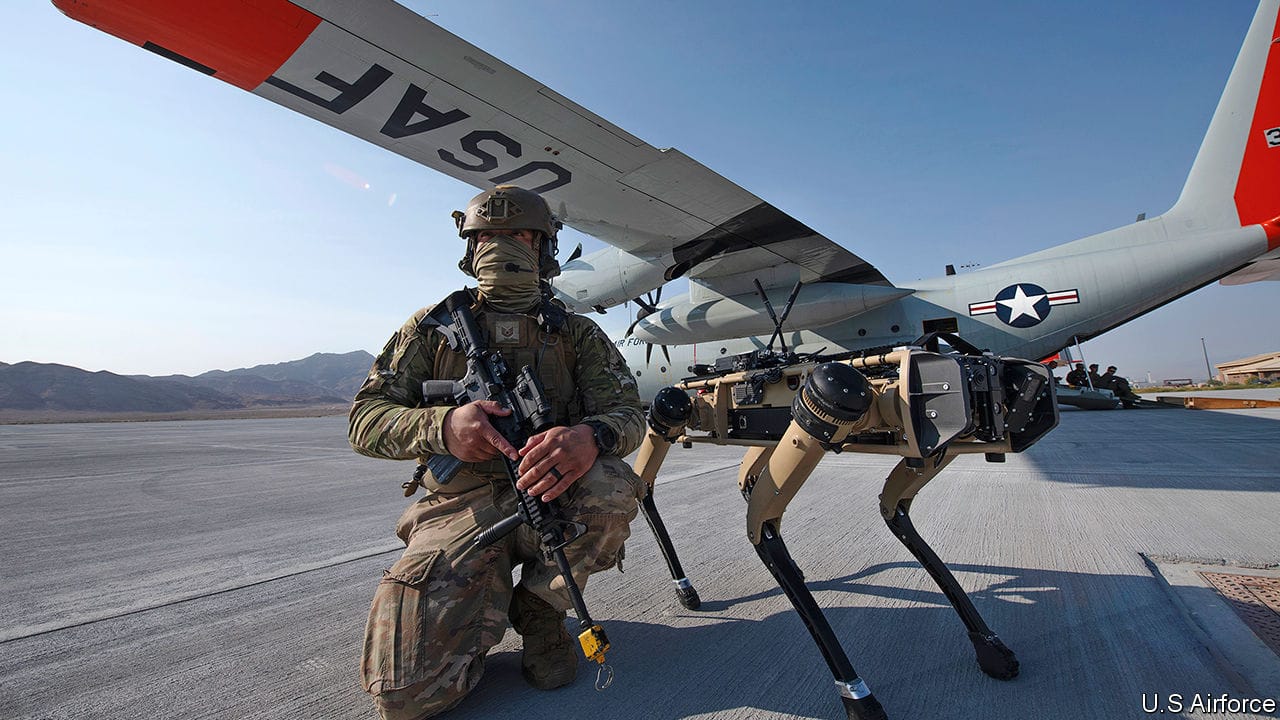- by
- 07 24, 2024
-

-
-
Loading

Loading

AN OLD PROVERBJSTARSJSTARS says you should not put all your eggs in one basket. That is a particularly good maxim for matters military. America’s armed forces, for example, use modified Boeing jumbo jets, called , as airborne control centres for surveillance and operations. These planes are packed with sensors and their job is to orchestrate combat by detecting targets, tracking them and then assigning them to others to deal with. They have done this well for decades. But times change. With its big electronic signature, a aircraft now amounts to “a sluggish flying bull’s eye”, according to Will Roper, the American air force’s head of acquisitions.Similar doubts are growing about the satellites, warships and other big pieces of hardware involved in the command and control of America’s military might. For the past couple of decades the country’s generals and admirals have focused their attention on defeating various forms of irregular warfare. For this, these castles in the sky and at sea have worked well. In the meantime, however, America’s rivals have been upgrading their regular forces—including weapons that can destroy such nodes of power. Both China and Russia have successfully blown up orbiting satellites. And both have developed, or are developing, sophisticated long-range anti-aircraft and anti-ship missiles.